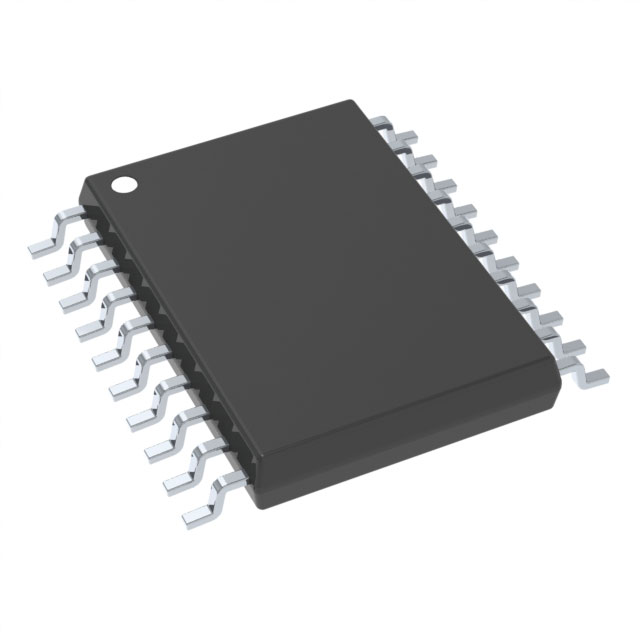

Microchip Technology
PIC18F1220-E/SS
Microcontrollers




.png?x-oss-process=image/format,webp/resize,p_30)


PIC18F1220-E/SS Description
Microchip Technology's PIC18F1220-E/SS is a microcontroller unit (MCU) that belongs to the PIC18F series. This MCU is designed for general-purpose applications and is suitable for a wide range of embedded systems.
Description:
The PIC18F1220-E/SS is a 40-pin, 8-bit flash microcontroller with a 16-bit data bus and a 10-bit address bus. It features 128KB of Flash memory, 1536 bytes of RAM, and 256 bytes of EEPROM. The device operates at a frequency of up to 40MHz and has a wide operating voltage range of 2V to 5.5V.
Features:
- Enhanced mid-range core with increased performance and instruction set.
- On-chip debugging and programming support with ICD 2 and ICD 3.
- Up to 40 MIPS performance with a maximum operating frequency of 40MHz.
- 128KB of Flash memory, 1536 bytes of RAM, and 256 bytes of EEPROM.
- 26 programmable I/O pins with optional internal pull-up resistors.
- 3-priority level interrupt system with individual interrupt masks.
- On-chip oscillator with internal RC oscillator or external clock input.
- 8-channel, 10-bit A/D converter with optional negative inputs.
- On-chip comparator with reference voltage monitoring.
- 2-wire serial interface (I2C) and universal synchronous/asynchronous receiver/transmitter (USART).
- Parallel slave port (PSP) for easy communication with external devices.
- On-chip reference voltage for A/D converter.
- Power-on reset circuit and brown-out detect/reset circuit.
- Low-power sleep modes to conserve energy.
Applications:
The PIC18F1220-E/SS is suitable for a wide range of applications, including but not limited to:
- Industrial control systems
- Home automation and smart home devices
- Medical equipment and monitoring systems
- Automotive control systems
- Consumer electronics
- Telecommunication systems
- Data acquisition and signal processing systems
- Battery-powered devices
- Security systems and access control
- Embedded systems in various industries
The PIC18F1220-E/SS offers a combination of performance, memory, and features that make it an ideal choice for a wide range of embedded applications. Its flexibility and ease of use make it a popular choice among engineers and developers.
Tech Specifications
PIC18F1220-E/SS Documents
Download datasheets and manufacturer documentation for PIC18F1220-E/SS
 PIC18F1220, 1320 REV. B1 Data Sheet Errata
PIC18F1220, 1320 REV. B1 Data Sheet Errata  Mult Devices Bond Wire 08/Mar/2018
Mult Devices Bond Wire 08/Mar/2018  PIC18F1220, 1320 PIC18F1230,1330 Programming Spec
PIC18F1220, 1320 PIC18F1230,1330 Programming Spec  Packing Changes 10/Oct/2016 Label and Packing Changes 23/Sep/2015
Packing Changes 10/Oct/2016 Label and Packing Changes 23/Sep/2015  PIC18F1220 Development Tool Selector
PIC18F1220 Development Tool Selector  PIC18F1220, 1320 PIC18F1230,1330 Programming Spec
PIC18F1220, 1320 PIC18F1230,1330 Programming Spec  Microchip CA Prop65 Microchip RoHS Microchip REACH
Microchip CA Prop65 Microchip RoHS Microchip REACH Relevant Search
Shopping Guide






















.png?x-oss-process=image/format,webp/resize,h_32)










